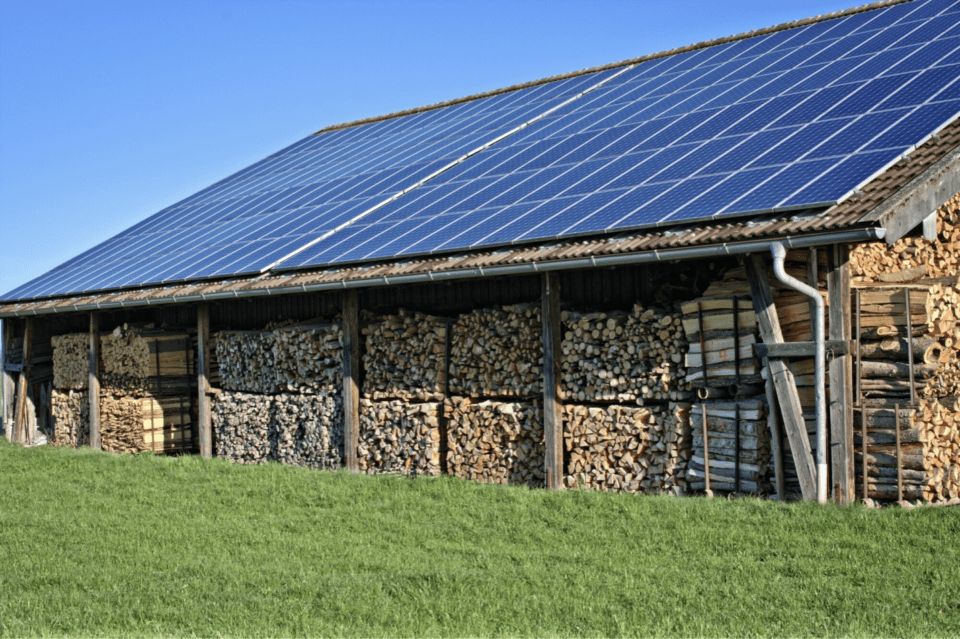Were you aware that renewable energy, including solar, now costs less than coal or gas?
However, switching to solar still costs thousands of dollars, despite shrinking prices. Most of those expenses, in turn, are for the purchase and the installation of the equipment.
Fortunately, thanks to solar power financing programs, you don’t have to shell out all that money in one go.
Keep reading as this guide explains your top solar financing options and how they work.
Solar Loan
A solar loan is akin to an equipment loan, wherein you borrow money from a lender to finance your purchase. Solar installation companies and banks provide such financing services.
If you take out a loan to pay for solar, you can use the money to buy the equipment and cover installation costs in one go. You then have to repay the lender in increments, also called installments, every month. The payment includes a portion of your loan principal, plus interest and other fees.
Since a solar loan lets you buy and install the equipment, you become the system’s effective owner.
Ownership, in turn, is one of the requirements of the federal solar investment tax credit (ITC). The federal ITC is one of the most significant solar energy incentives you can get, giving you a credit of up to 26%. That 26% only applies to installations placed in service within 2022, though; it drops to 22% in 2023.
The value of solar panels can also extend to your home’s property value, raising it by 1% to 10%. So, you can set a higher asking price if you ever decide to sell your home with a solar energy system.
Solar Lease
A solar lease is a third-party ownership financing contract between a lessee and a lessor. You’re the lessee, while the third party is the lessor who owns and rents out the solar equipment.
You can think of a solar lease as renting a solar energy system. It lets you use the rental equipment to generate and use solar power at home. You can then enjoy solar savings in the form of reduced energy bills.
Since you don’t have to purchase the equipment, you don’t have to shell out a lot of money to benefit from solar. You don’t even have to worry about installation or upkeep costs, as the lessor handles that. Instead, you only pay a leasing fee, usually billed monthly.
The primary drawback to a solar lease is that it disqualifies you from the federal solar ITC. The same goes for some state, local, and utility incentives, as they may require ownership, too.
Go Green With Solar Power Financing
As you can see, solar power financing, either through a loan or a lease, can help you make the switch to green energy. However, it may be best to go with a solar loan if you want full ownership to qualify for the federal ITC. You can still opt for a solar lease if you only want to use clean energy and trim utility bills for the least cost.
Did you like this article? If so, you’re sure to love our other informative guides, so feel free to check out and read them now!

